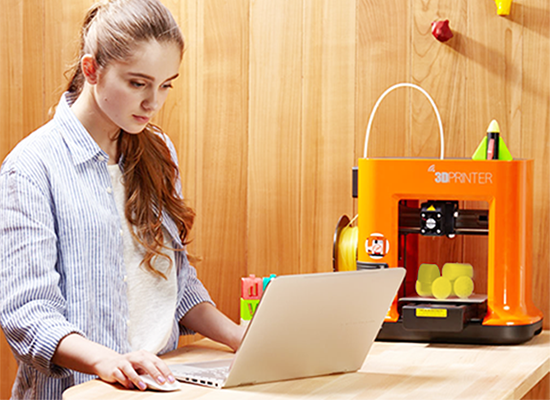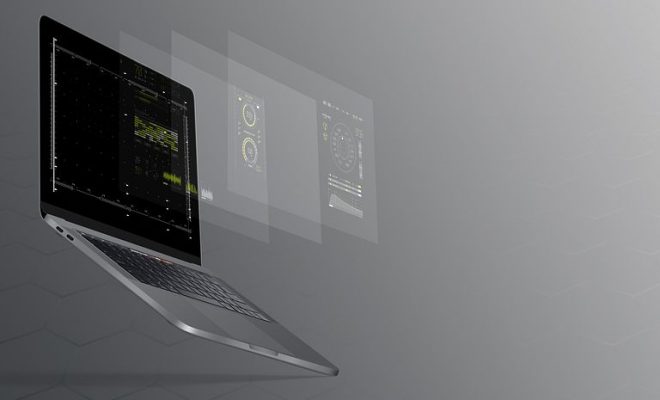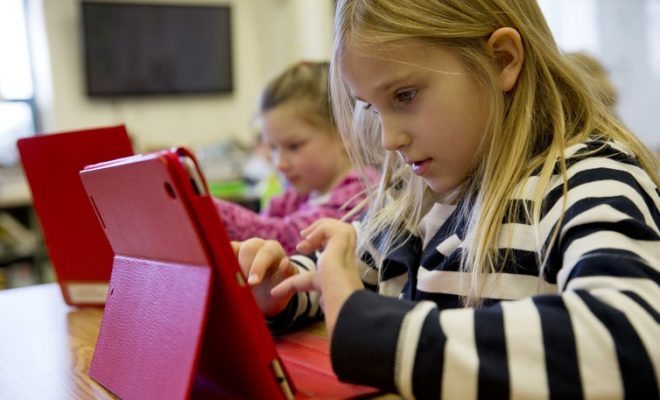How to teach science and computing in the age of big data

This article was written by Tara Murphy, University of Sydney and James Curran, University of Sydney
Earlier this week, Senator Chris Evans announced A$5 million worth of science communication grants for 63 projects as part of the Unlocking Australia’s Potential program.
We were successful in getting funding for our project – the National Science Challenge – which aims to engage people who may not have had previous access to science.
Participants in our program will analyse real scientific data in a range of fun, online mini-experiments. This is a timely opportunity as computational skills and scientific literacy are becoming increasingly critical for all Australians.
An era of data-driven science
When the Square Kilometre Array comes online in 2020 it will allow us to peer into the dark, distant and unexplored regions of the universe. What many people don’t know is that, to do this, astronomers will need to collect and process tens of petabytes of data every night – the equivalent of all the text stored in the world’s libraries combined.
To achieve the SKA’s ambitious scientific goals, development of intelligent information technology (IT) solutions will be critical.
Likewise in other scientific disciplines, such as bio-informatics and particle physics, data is flooding in. This data deluge makes everything from storing, transporting, visualising and analysing the data challenging. Australia is on the cutting edge of research in this era of data-driven science.
Science and IT – a long history
IT and science have always been closely intertwined. From when English mathematician and inventor Charles Babbage first pitched his famous “difference engine” to the Royal Astronomical Society in 1822 as machinery for the computation of astronomical and mathematical tables, through to the development of WiFi technology by CSIRO engineer and astrophysicist Dr John O’Sullivan in the 1990s, science has relied on IT to push it forward. Similarly, IT innovations have often been driven by scientific goals.
What has changed is that, rather than being limited to scientists in areas that require specialised high-performance computing, advanced computational skills are now required for day-to-day work in most areas of modern science.
Scientific and IT literacy for all Australians
Australia’s Chief Scientist, Ian Chubb, has identified scientific literacy as a key issue for all Australians. It’s important for informing policy decisions, interpreting scientific results presented in the media and debating issues such as the carbon tax.
The pervasiveness of computing in everyday life makes computational literacy critical – as has also been highlighted by Nobel Laureate Brian Schmidt. It is clear that providing all Australians with a solid foundation in scientific literacy is necessary for economic growth and scientific excellence.
Despite all of this, IT (or ICT) has been very poorly represented in the high school curriculum. There are several challenges that make teaching IT at the high school level difficult. Two key ones are:
- It’s difficult to engage students with a topic they already feel expert in. While the ubiquitous nature of computers means most students have mastered their basic use, students still lack the “computational thinking” skills that allow them to use computers to solve scientific, technical and financial problems.
- IT is a rapidly changing discipline. Most science teachers have had no formal training in IT, and for many, IT was not part of their university courses when they trained to be teachers. Hence they feel under-confident about their skills in a classroom context, where many students appear to be more at home with computers than they are.
The government has invested heavily in IT through the “Digital Education Revolution”. But so far the focus of this investment has been in hardware (e.g. the laptops for schools program) and not in the critical areas of teacher training or resource development that would allow schools to capitalise on this investment.
A new opportunity
The Australian Curriculum places significant emphasis on the integration of ICT capabilities within science subjects. It states that Year 9 and 10 students will:
… employ their ICT capability to access information; collect, analyse and represent data; model and interpret concepts and relationships; and communicate science ideas, processes and information.
The focus on ICT capabilities in the national curriculum is a great opportunity to change the way we approach IT in schools, making it central to all disciplines, including science.
Inspiring Australia
Building on the success of the National Computer Science School Challenge, our National Science Challenge will use social media to allow students and the general public to participate in a series of mini science experiments.
The experiments will be conducted online, using IT tools such as spreadsheets to perform the type of data analysis that professional scientists do every day.
During the recent rainfall, Warragamba Dam came dangerously close to overflowing. Using data from the Sydney Catchment Authority, students will be able to predict when it will overflow if the rainfall continues.
By providing a fun activity that students can do in any high school across Australia (all that is needed is a computer and an internet connection) we hope to expose thousands of students to “real science”.
As a nation, we need to get serious about teaching scientific, computational and mathematical literacy. These are critical skills in modern life: we see them in action every day as people participate in the debate on climate change, interpret health statistics, choose an optimal mortgage package … or explore the distant universe.
![]()
Tara Murphy, Senior Lecturer in Astroinformatics, University of Sydney and James Curran, Associate Professor , University of Sydney
This article was originally published on The Conversation. Read the original article.






